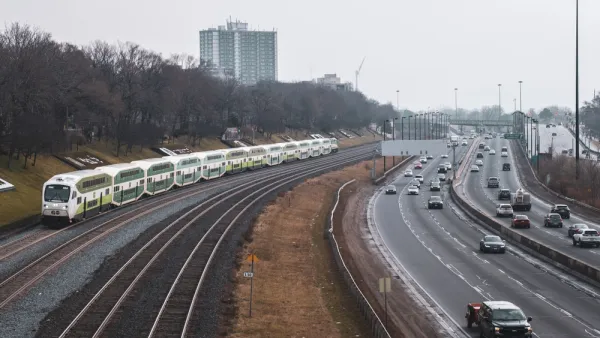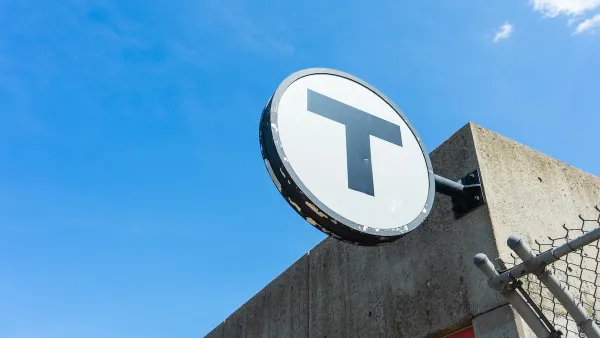Fifteen years in the making, Toronto is finally seeing increased ridership of its main commuter rail system, GO Transit, by changing its model from primarily serving suburban commuters to providing "all-day regional transit service."

Many commuter rail systems focus on delivering suburban workers to their downtown jobs during the morning commute times, and returning them home in the evening along those same corridors. However, most cities' urban fabric are not monocentric, and more commuters are working irregular schedules. These two factors, coupled with a growing population and ripe political climate allowed the regional transit network in Toronto, GO Transit, to increase service.
"GO has spent a decade and a half preparing for this transition, notably by increasing its ownership of track miles on which its trains run from 6% in 1998 to almost 70% today." Yonah Freemark writes. In addition, "more frequent service, potentially on electrified lines, could be coming within 10 years thanks to investments in smaller, lighter vehicles." The latest improvement—bidirectional, 30 minute, all-day service to one suburban commuter line—already raised the line's ridership by 30 percent.
As more cities consider reshaping their transit systems to accommodate growing metropolitan populations, some of Toronto's policies and programs may be helpful to implement or mimic.
FULL STORY: Make the effort, and commuter rail can be as effective as rapid transit

National Parks Layoffs Will Cause Communities to Lose Billions
Thousands of essential park workers were laid off this week, just before the busy spring break season.

Retro-silient?: America’s First “Eco-burb,” The Woodlands Turns 50
A master-planned community north of Houston offers lessons on green infrastructure and resilient design, but falls short of its founder’s lofty affordability and walkability goals.

Delivering for America Plan Will Downgrade Mail Service in at Least 49.5 Percent of Zip Codes
Republican and Democrat lawmakers criticize the plan for its disproportionate negative impact on rural communities.

Test News Post 1
This is a summary

Test News Headline 46
Test for the image on the front page.

Balancing Bombs and Butterflies: How the National Guard Protects a Rare Species
The National Guard at Fort Indiantown Gap uses GIS technology and land management strategies to balance military training with conservation efforts, ensuring the survival of the rare eastern regal fritillary butterfly.
Urban Design for Planners 1: Software Tools
This six-course series explores essential urban design concepts using open source software and equips planners with the tools they need to participate fully in the urban design process.
Planning for Universal Design
Learn the tools for implementing Universal Design in planning regulations.
EMC Planning Group, Inc.
Planetizen
Planetizen
Mpact (formerly Rail~Volution)
Great Falls Development Authority, Inc.
HUDs Office of Policy Development and Research
NYU Wagner Graduate School of Public Service





























